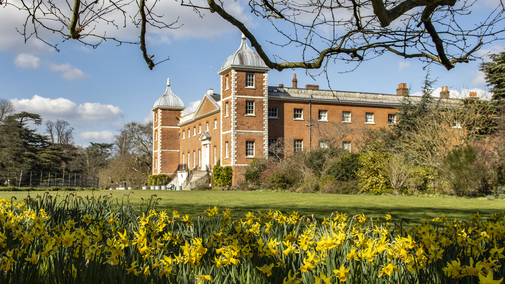
Discover more in London
From thriving wetlands to sprawling estates, intimate spaces and modernist masterpieces, London has it all, if you know where to look.

The Strand Lane Baths, at 5 Strand Lane in London, have been reputed since the 1830s to be a Roman survival. They are in fact the remains of a cistern built in 1612 to feed a fountain in the gardens of the old Somerset House, then a royal palace. After a long period of neglect and decay the baths were brought back into use in the 1770s as a public cold plunge bath. Find out more about this London curiosity, including how to arrange a visit.
Today the baths are owned by the National Trust and managed by Westminster City Council. If you’d like to visit, you will need to make an appointment through the council. Please note, these are not the Roman Baths in the city of Bath - we are located in London.
Please note that viewings are only available from Monday to Friday during the following times and require at least one weeks’ advance notice.
April to September: 12.00 – 4.00pm
October to March: 12.00 – 3.00pm
Please arrange your visit by emailing dcreese@westminster.gov.uk or calling 07966 189789.
The bath building of the Strand Lane 'Roman' Baths consists of the bath chamber and a long, narrow entrance corridor running alongside it, with steps up to a door out into Strand Lane.
The bath chamber is covered by a full brick and stone vault and contains the bath and a 1920s settling tank built at the eastern end. The bath is made of shallow, wide Tudor bricks, with some patched repairs made from frogged bricks dating after 1750. The brickwork of the walls and vaults hasn’t been officially dated, but most probably dates from the 18th century.
There are clear signs that the remaining parts of the baths were once part of a larger complex:

From thriving wetlands to sprawling estates, intimate spaces and modernist masterpieces, London has it all, if you know where to look.

From intimate spaces and modernist masterpieces to thriving wetlands and sprawling estates, London has it all, if you know where to look.

Find a local supporter group in London to meet like-minded people and enjoy activities including visits and talks and help with hands-on conservation or fundraising events.